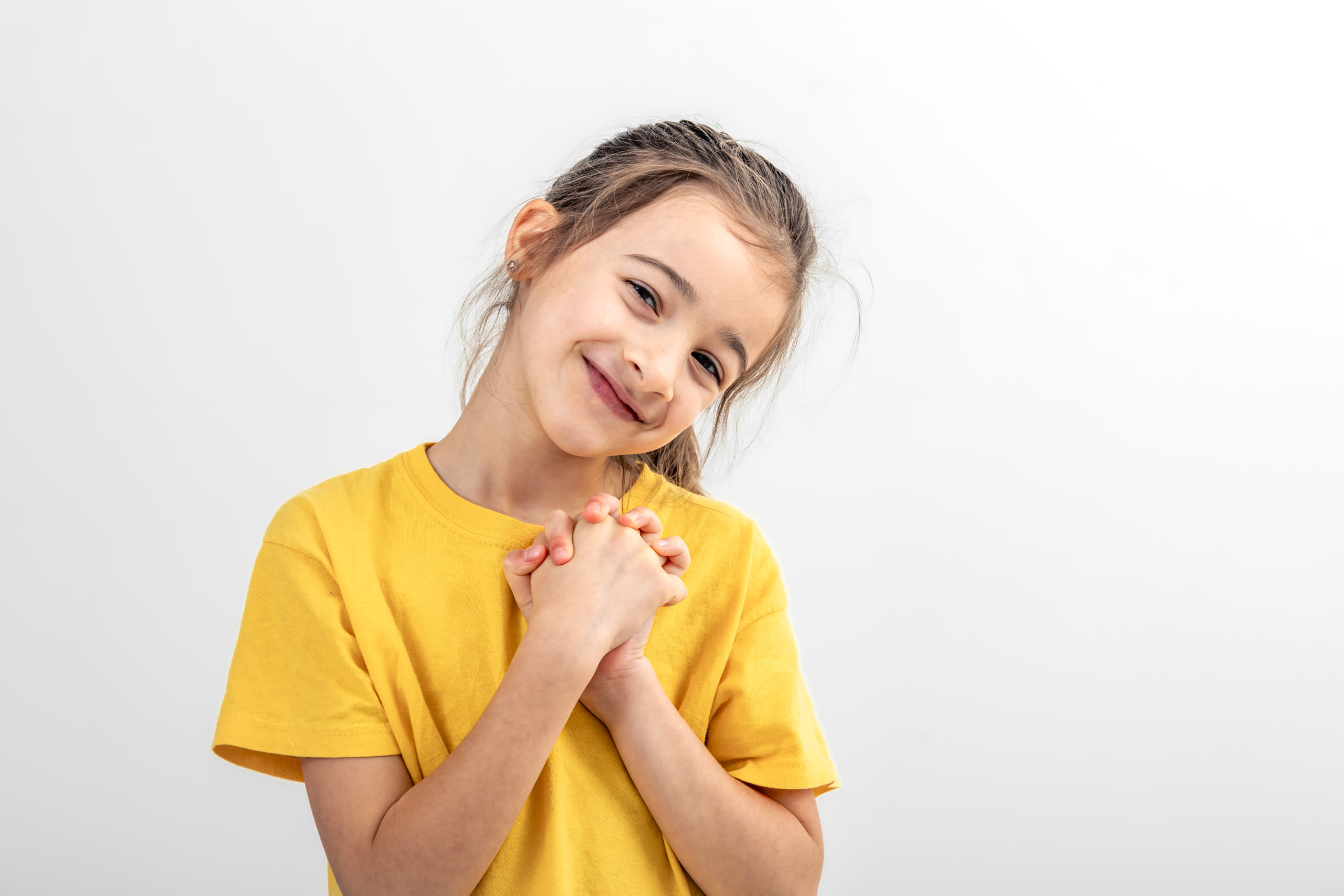A small word can change a life
Have you ever seen a child’s face light up when they’re genuinely thanked? Or how their mood shifts when they reflect on something they enjoyed that day? These small moments of thankfulness are powerful—and they’re backed by science.
Gratitude isn’t just good manners. For children aged 9–12, learning to notice and appreciate the good in their lives can make a lasting difference to their emotional well-being, resilience, and social relationships.
As parents and teachers, we have the unique opportunity to model and nurture this life-enhancing habit every day.
What is gratitude?
Gratitude is the ability to recognize and appreciate the good things in life—both big and small. For children, this might mean:
- Saying “thank you” when someone helps them.
- Feeling happy about spending time with friends or family.
- Appreciating a sunny day, a favourite snack, or a kind gesture from a peer.
And it’s more than a feeling—it’s a skill that can be practiced and strengthened over time.
Why is gratitude so good for children?
Numerous studies have shown that gratitude can significantly improve children’s emotional and social development. In fact, researchers from the Greater Good Science Center at UC Berkeley have found that children who practice gratitude:
- Report higher levels of happiness and optimism.
- Show more empathy and stronger relationships with peers.
- Are more resilient in the face of challenges.
- Even experience better sleep and reduced stress.
Gratitude helps children shift focus from what they lack to what they have—a powerful emotional skill in an increasingly fast-paced world.
Teaching gratitude – simple activities for home and school
Here are a few fun and effective ways to help children practice gratitude in daily life:
1. Gratitude journals
Encourage children to write (or draw) 3 things they’re thankful for, a few times a week. It can be anything—“my best friend,” “a good lunch,” or “finishing my homework early.”
Tip for classrooms: Set aside 5 minutes during morning meeting or end-of-day reflections.
2. Gratitude jar
Place a jar in a visible spot at home or in the classroom. Children write something they’re thankful for on a slip of paper and drop it in. Read a few out loud weekly to spark joy and connection.
3. Thank-you notes
Encourage kids to write simple thank-you notes to friends, family members, school staff, or classmates. This promotes both gratitude and empathy.
4. Gratitude calendar
Create a month-long calendar with a daily prompt like:
- “Name something that made you laugh today.”
- “What’s one thing you love about your school?”
- “Who helped you this week?”
5. “Strength & gratitude” circle time
Start the day with a short round of “Today I’m thankful for…” or “I appreciate [person] for…” It builds positive group dynamics and self-awareness.
Gratitude Builds Community
When children learn to practice gratitude regularly, it has a ripple effect. They become more aware of kindness around them, more connected to others, and more open to giving back.
Gratitude improves not just individual well-being, but also the emotional climate of classrooms and homes.
Final thoughts
Gratitude is a habit we can gently nurture—one small moment at a time. Whether you’re a parent tucking your child in at night or a teacher closing the school day, inviting children to reflect on the good in their lives can change their outlook—and yours, too.
Why not start today? Try one of the activities above and see what shifts in your child’s mood, relationships, or self-confidence.
Further resources:
- ggie.berkeley.edu – Greater Good in Education
- PositivePsychology.com – Gratitude Tools & Worksheets
- randomactsofkindness.org – Educator Toolkit

